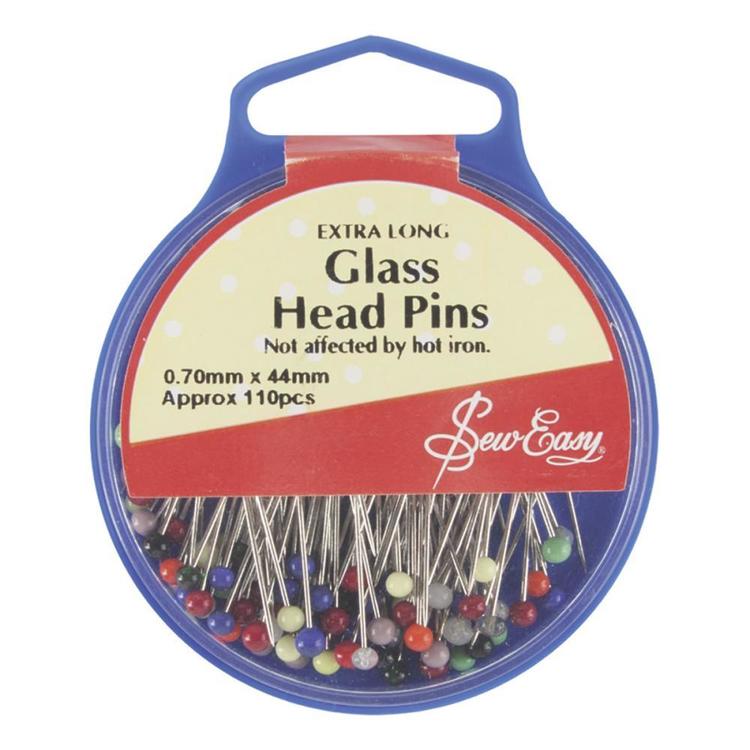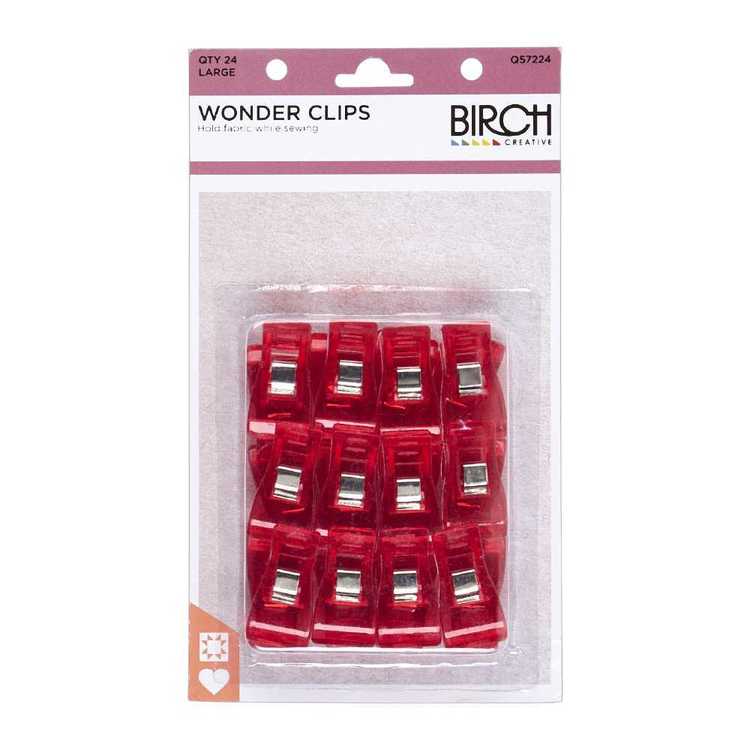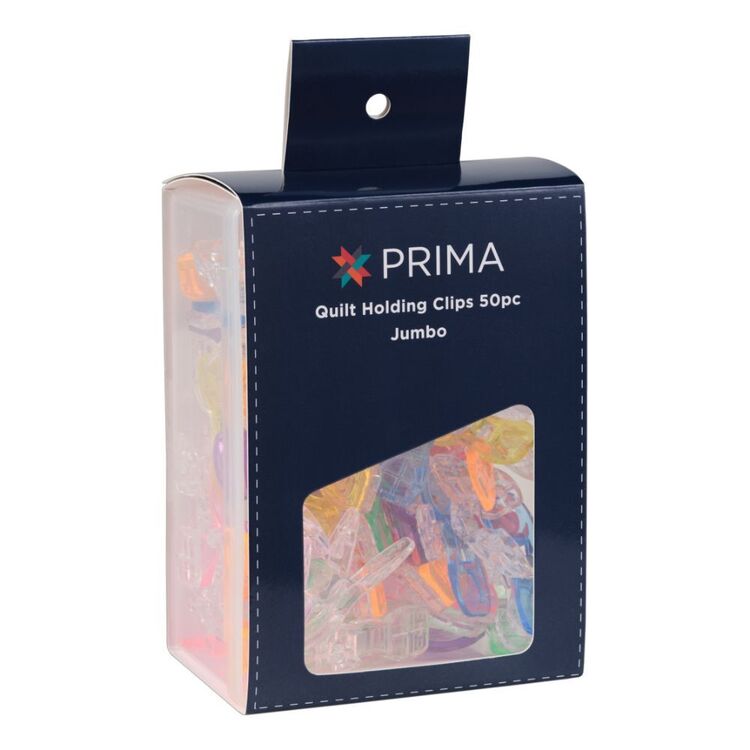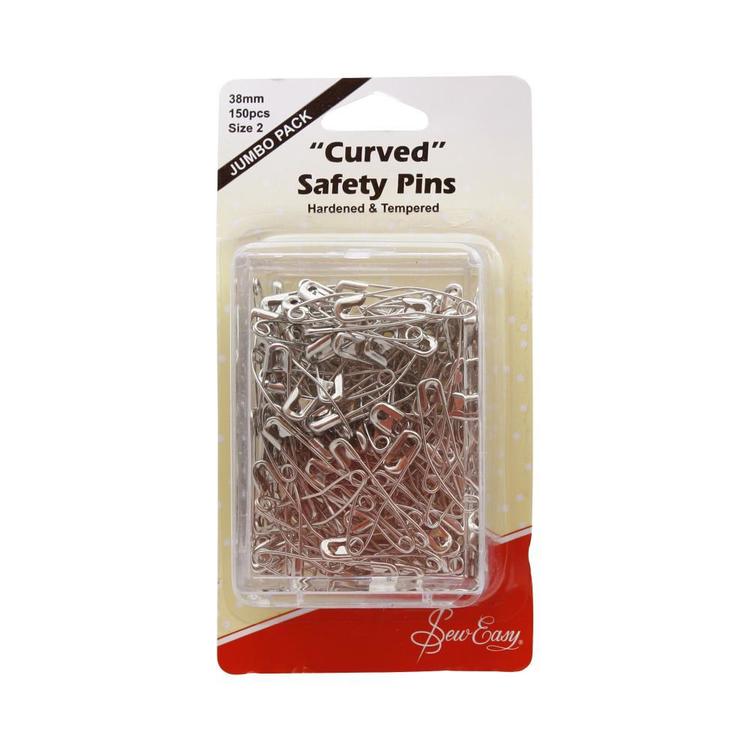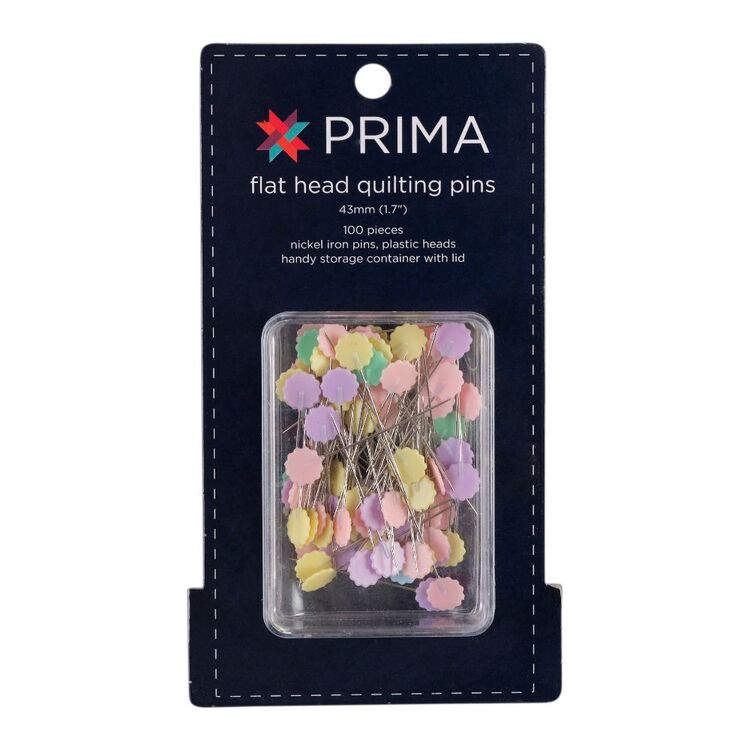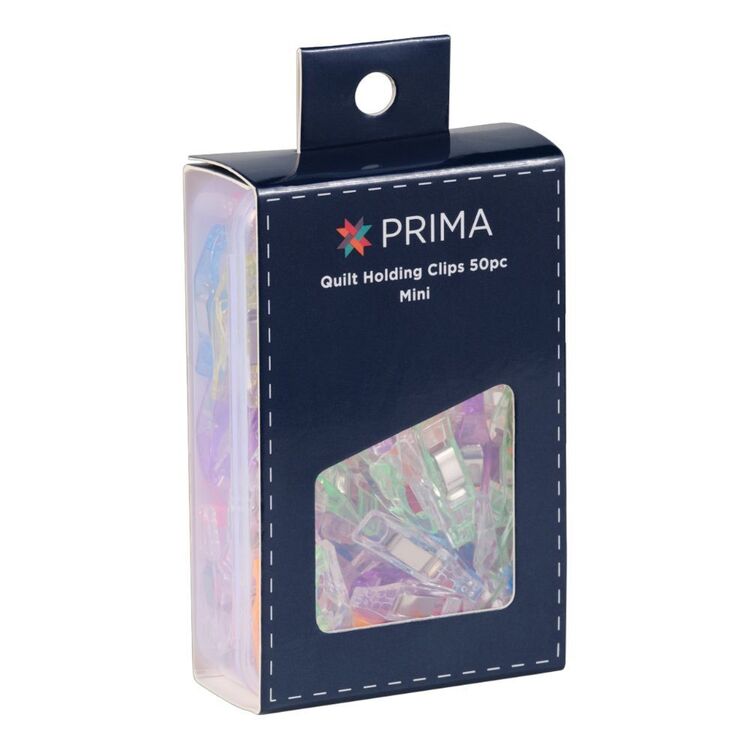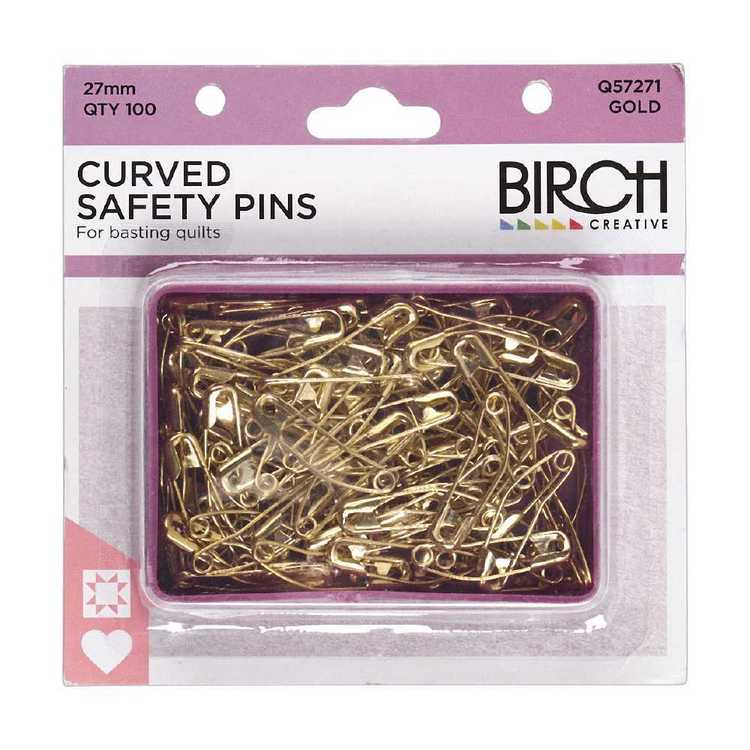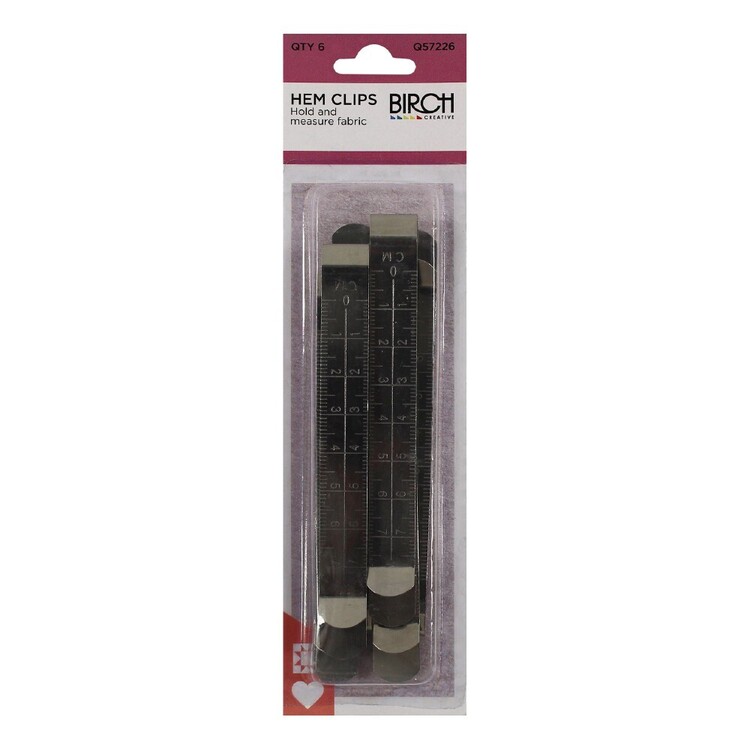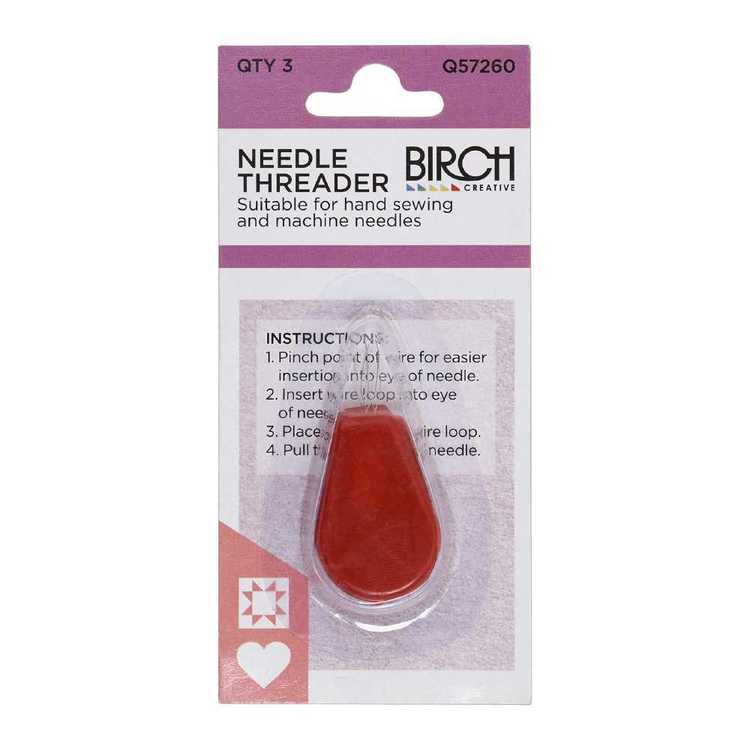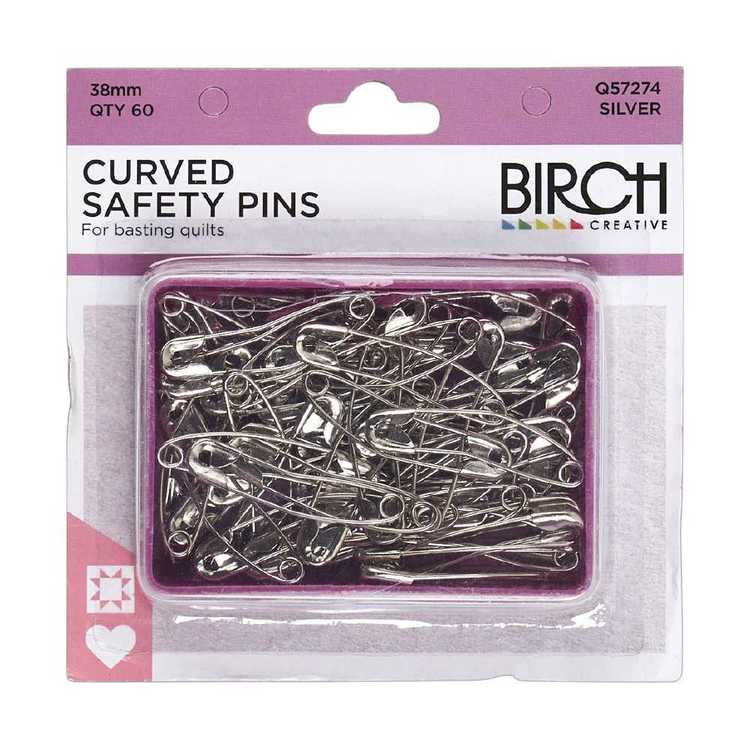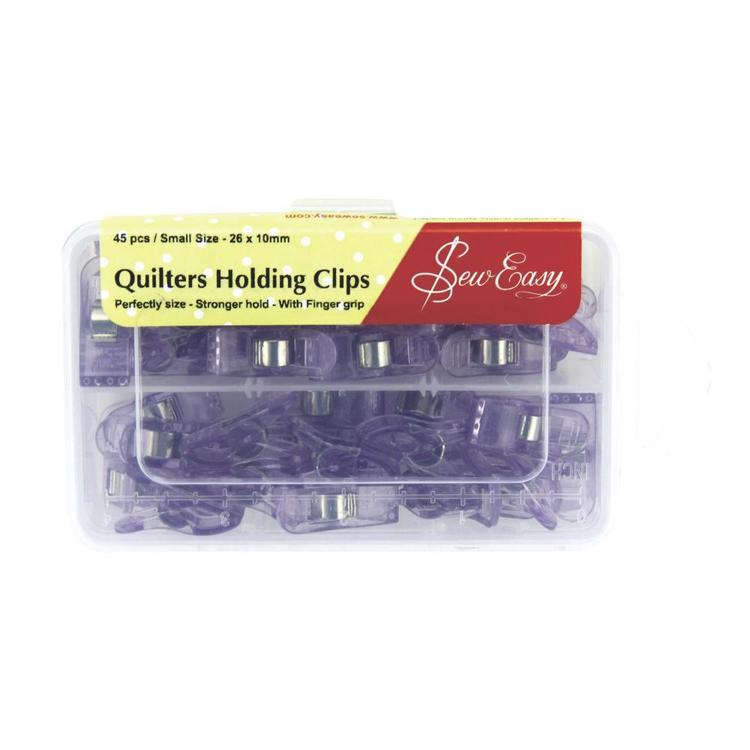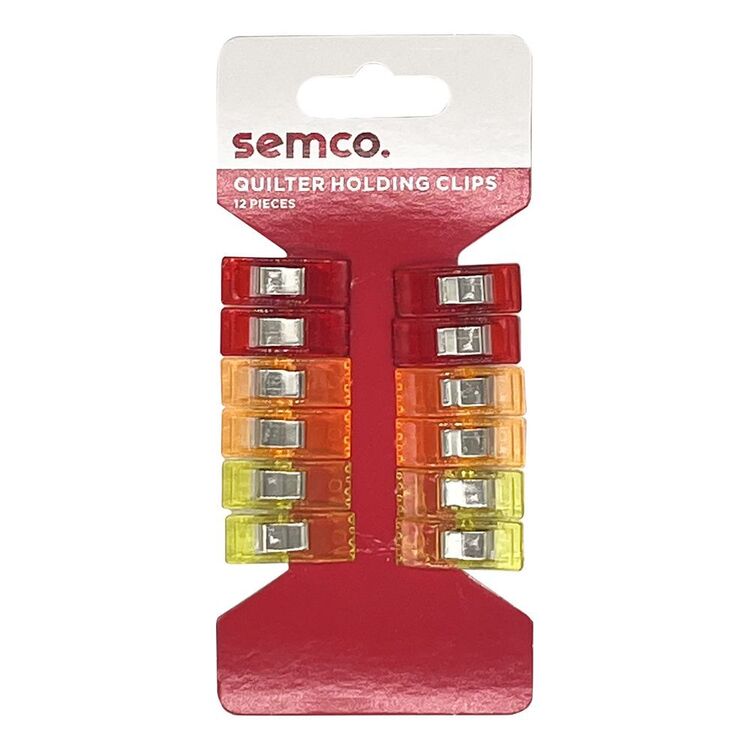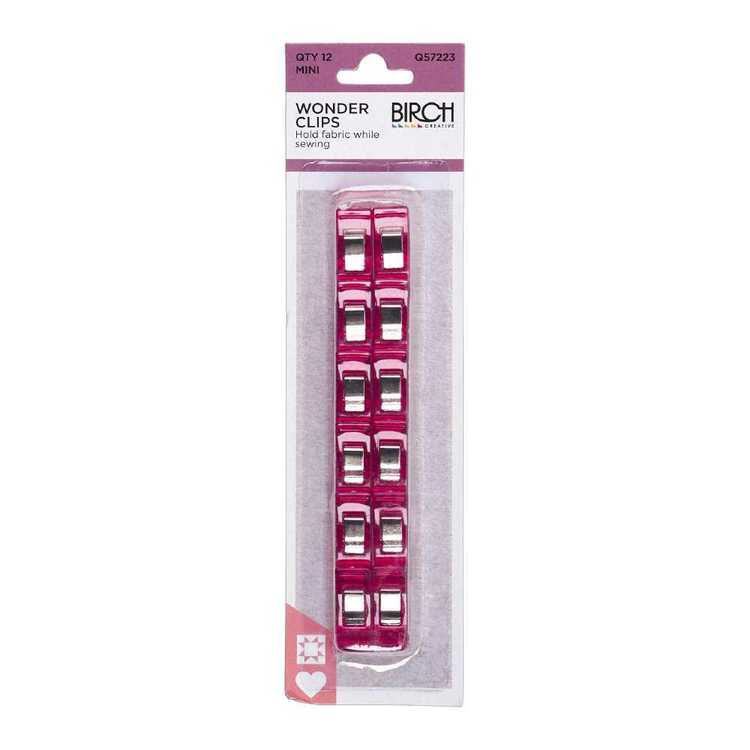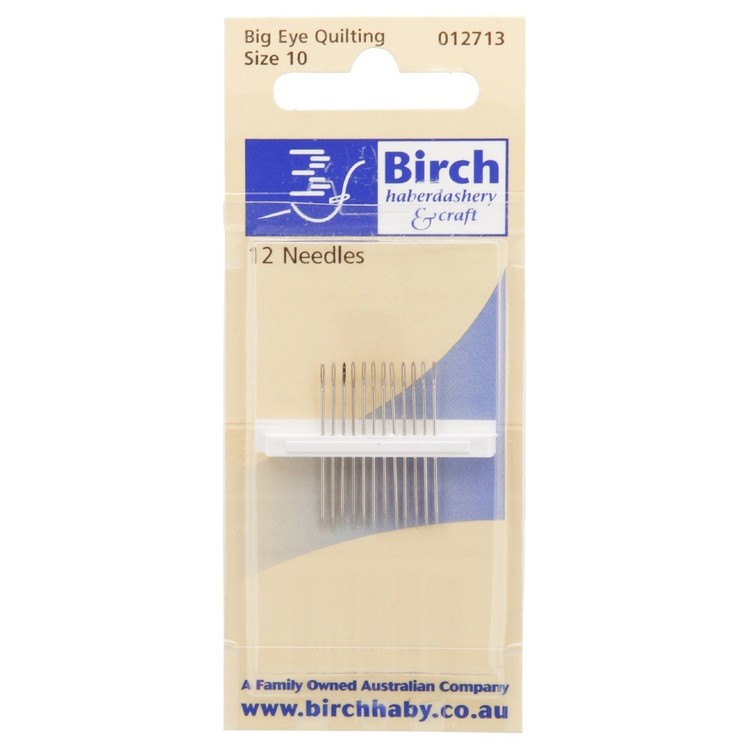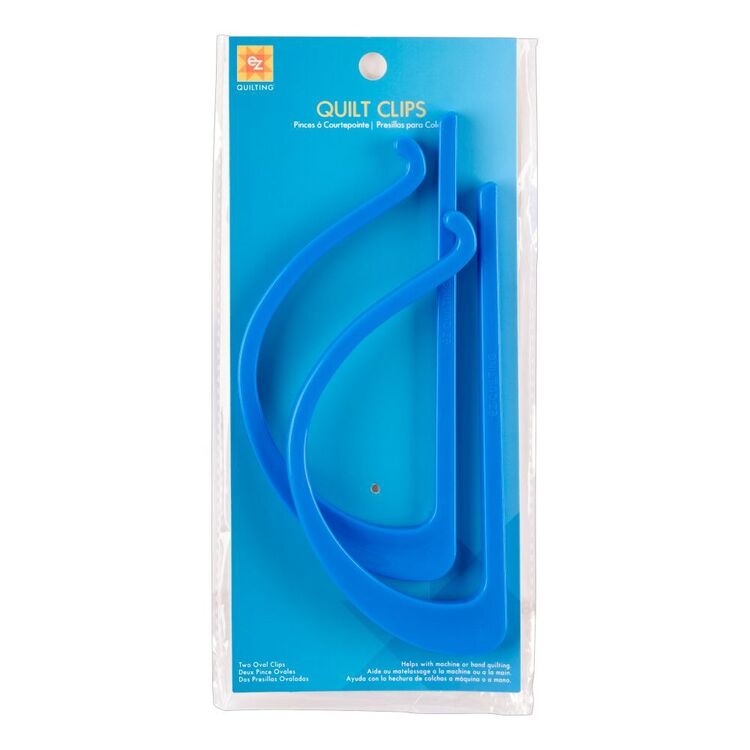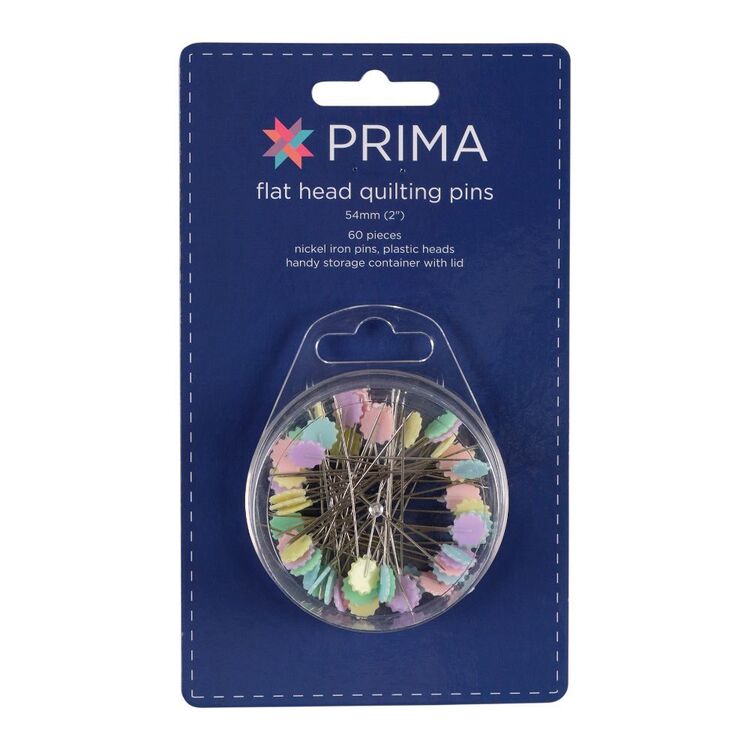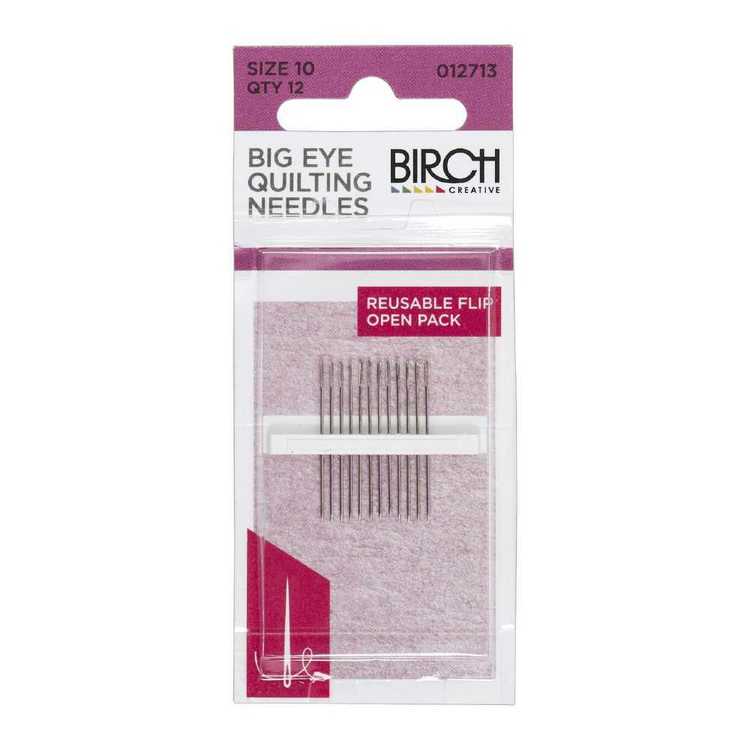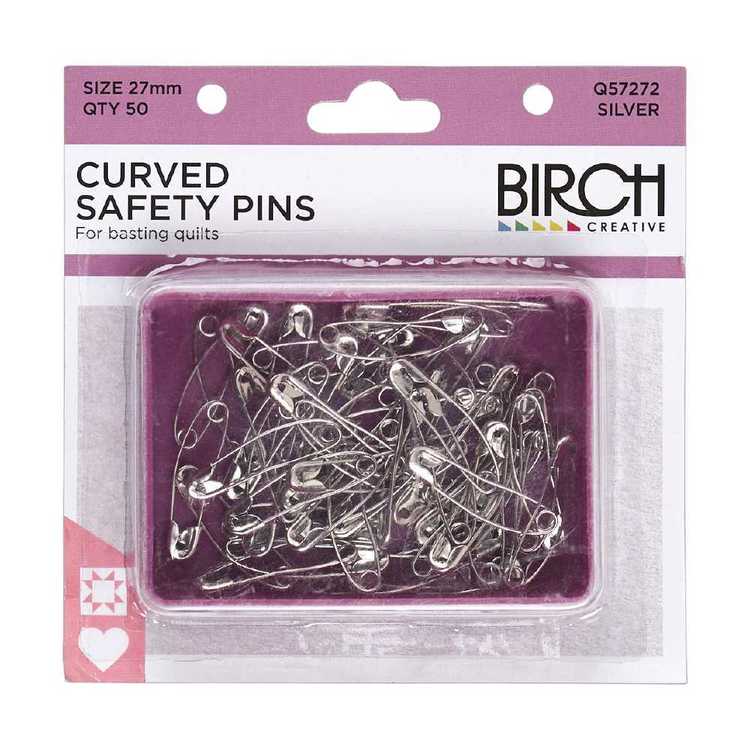 | ||
| Your browser is not supported. | ||
|
Please browse our site using any of the following options:
| ||
Quilting Pins & Clips
Need to keep your quilting fabric in place? Or want to mark seam allowances without markers? Then browse Spotlight's quilting clips, pins and needles!
27 items found.
Don't Want Your Fabric Shifting? Here's How You Do It!
Anyone who has sewn in the past already knows the biggest frustration within the craft, more specifically shifting fabric. Unfortunately, not all beautiful fabrics are easy to work with, leading to frustration. Fortunately, there are some useful tips and tricks you can implement to prevent fabric from moving.
How Can I Use My Sewing Machine To Prevent Fabric From Shifting?
If you are using a sewing machine, then there are a couple of things you can do to make fabric less slippery. So, you do not necessarily need any special accessories in some cases.
Firstly, you should choose the right stitch length. Twenty stitches per centimetre is the recommended number, which ensures a firmer grip on your fabric and less chance of shifting.
Some of the more advanced sewing machines allow you to play with the pressure. If you have the luck of having such a sewing machine, then you can adjust the pressure to match the fabric. Ideally, use a small bit of fabric to adjust the pressure before you start sewing your actual project.
Finally, using the right sewing machine foot can also promote a better grip on the fabric. One such a sewing machine foot is the walking foot. In fact, this particular foot is designed to feed fabric through your machine easier.
What Other Things Can I Do To Prevent Fabric From Shifting?
Aside from using your sewing machine, there are a bunch of additional things you can do to stop your fabric from shifting. Here are some of Spotlight's favourite tips and tricks.
One of our first recommendations is using some of the finest pins you can find. While you will need more of them and it will take some extra time, this is the best way to prevent your fabric from moving while you sew.
You can also use a hand basting technique. Hand basting is basically using longer stitches to connect the fabric temporarily. Evidently, these can be removed as soon as you have done the actual stitching with the sewing machine. You can also use this technique as an alternative to pins.
There are also numerous spray adhesives that can prevent fabric shifting. These adhesives are only temporary, which means they will completely disappear once you place the fabric in the washing machine. Of course, some of these spray adhesives can be an investment, so you could use some basic washable glue on the seam allowance as well.
Crafters who find themselves on a budget tend to use a simple glue stick to keep their fabric together. Of course, not all glue sticks contain glue that is easy to remove. So, before you use any washable craft glue, always test it on a small swatch of your fabric. Then, place it in the washing machine to check if the glue gets completely removed after washing. When you work with this type of glue, only apply it on the seam allowance to avoid the glue from affecting your sewing needle.
Another way to keep your fabrics together is by using some fusible tape. This type of tape is quite affordable and available at Spotlight too. Ideally, you apply some of this tape on a flat surface. If there are any creases in the fabric, it could cause inaccuracies during the sewing process.
There is another common trick you could consider as well, more specifically tissue paper. As tissue paper is cheap and easy to come by, it is used by crafters around the world to prevent fabric from sliding. While it will not keep your fabric together perfectly, it can be a brilliant help for slippery fabrics such as silk or sateen. Once the project is sewn, you can easily remove tissue paper by ripping it out.
If you are looking for a stronger bond than tissue paper alone, you can use a combination of adhesive spray and tissues. Just make sure you rip out the tissue before you place it in the sewing machine. Otherwise, the fibres from the tissue will end up all over your project.
Finally, be sure to acquire some simple pattern weights. Even though they are commonly used to keep patterns in place, they can also be used to keep the fabric in place while you sew. Of course, these weights on their own do still have a margin for error. Therefore, it is recommended to check your stitching regularly as you go along.




